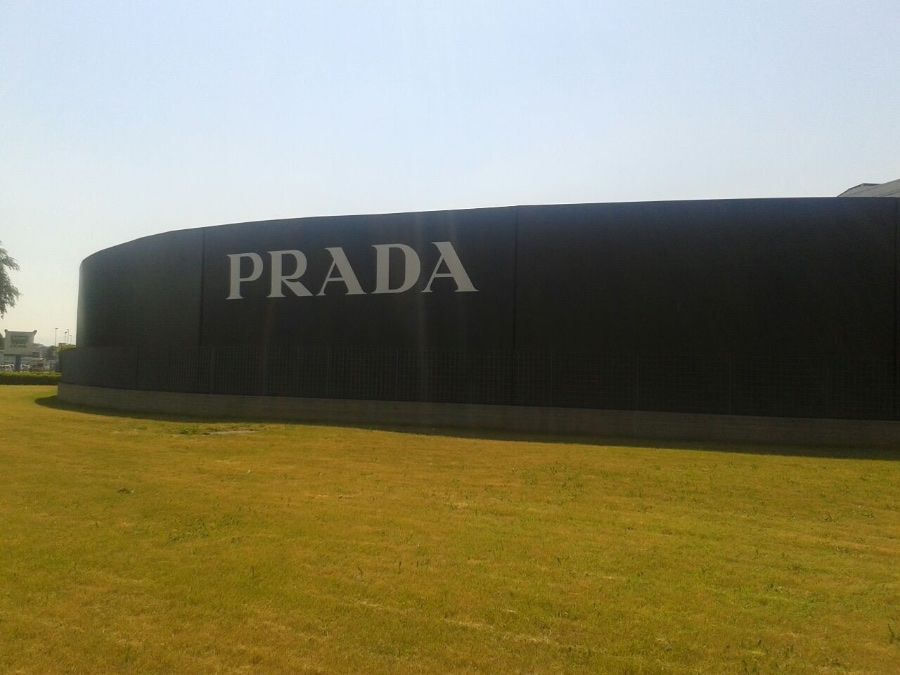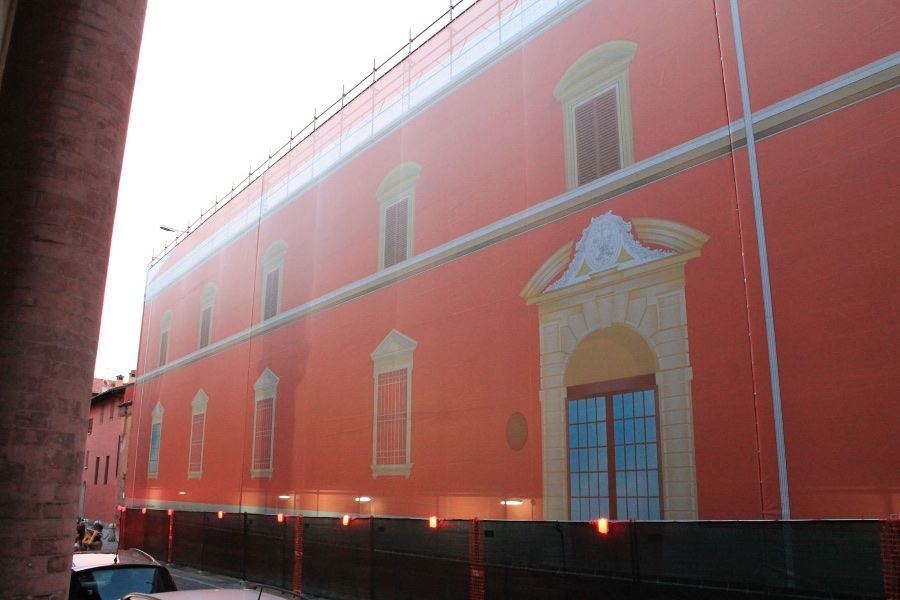Fasten the net directly to the scaffolding
There is also another way of mounting and it is to go directly with the mesh on the scaffolding, without any anchoring structure detached from it.
It is a simpler system but with poor aesthetic and practical results especially for wind resistance.
It is not possible to put the fabric under tension well, you can see the eyelets on the perimeter and every single eyelet is much more stressed.
But in some cases it is used for its practicality especially when a rapid end of the work is foreseen and there is no need to guarantee a long duration.
Below are some examples of this type of assembly:
Terme di Montecatini September 2019:


Here (Montecatini) a simple elastic rope was used:

Below, on the smaller sheet, they used simple cable ties from electricians (which is absolutely not recommended!).



 PVC is a polyester fabric surfaced with PVC. It is also called a polyester/PVC fabric.
PVC is a polyester fabric surfaced with PVC. It is also called a polyester/PVC fabric.











